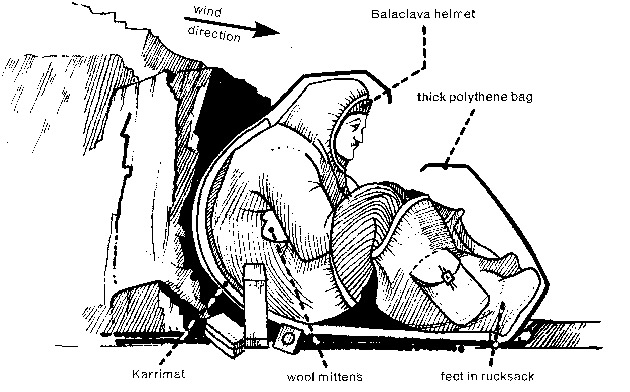___________________________________________________________________________
The entire branch of
thermodynamics studies the mechanics of
heat transfer and the relationships
between an objects rate of heat exchange
with its environment.
What are the Methods of Heat Transfer?
-
Convection: Heat is transferred to the surrounding environment, i.e, the air around the body through the process of convection. That process being the heating of a fluid medium such as the air around an object. Convection currents that will rapidly cool an object will form if the fluids change in temperature also causes a decrease in the fluids density and causes the warmed fluid to rise, be replaced with the surrounding cool medium and then warm again to continue the cycle.
-
Conduction: This heating is the result of higher temperature molecules in our body passing some the their kinetic energy to the particles around them by coming into direct contact with them. The net flow of energy is always from higher to lower.
-
Radiation: Heat is transferred by radiation where heat energy moves from the source of heat to cooler regions. It can occur without a medium and happens at a rate determined by factors such as temperature and surface area.
-
Perspiration or Evaporation: Perspiration aids in cooling the body temperature as the water droplets lower heat. Normally, a person sweats about 0.5 liters up to a maximum of 1.5 liters/hour after strenuous exercise.
 This man has addressed each method
of heat loss by coming into the field prepared
and by using knowledge to make the utmost of
his surroundings.
This man has addressed each method
of heat loss by coming into the field prepared
and by using knowledge to make the utmost of
his surroundings.
- His thick polythene bag
that surrounds him not only blocks winds
but also reflects radiated heat back
inside.
- His choice to camp out
of direct wind prevents convection
cooling.
- The Karrimat prevents
his body heat from directly warming the
rock his is camping on due to
conduction.
- Wearing wool which
insulates even when wet helps offset
evaporative cooling.